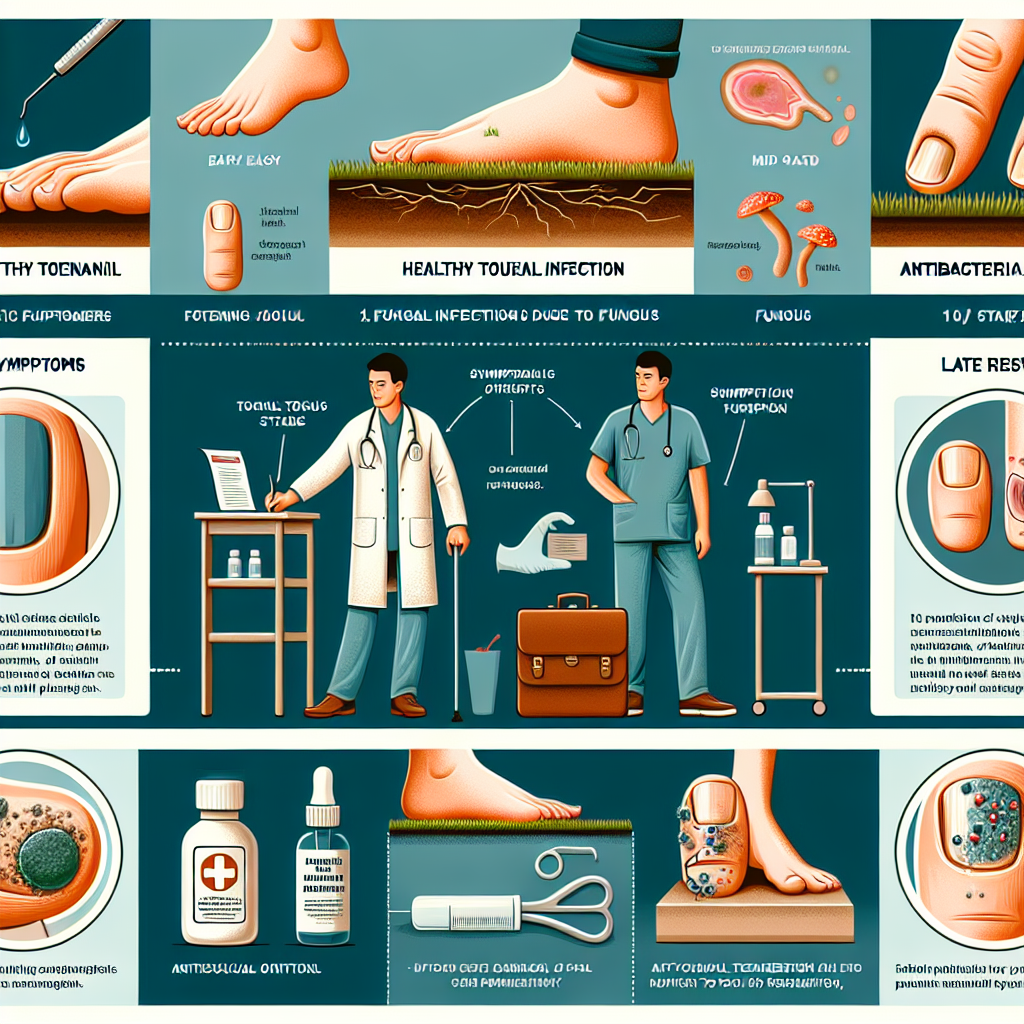Title: Eliminating Fungal Foes: A Detailed Look into Toenail Removal Due to Fungus Infections
Toenail fungus, also known as onychomycosis, is a widespread condition that affects many people worldwide. The menace can result in embarrassment, discomfort, and, in severe cases, it might necessitate toenail removal. This article provides a comprehensive overview of toenail removal due to fungus infections and offers five essential tips to prevent this common foot ailment.
Toenail fungus manifests itself as a yellow or brown discoloration on one or more of your toenails, thickened nails, and often accompanied by an unsavory smell. Ignoring this condition can lead to painful deterioration and contribute to more severe health risks.
So, let’s delve into the details of toenail removal due to fungus infections and enlighten ourselves on how to keep our hooves healthy!
Understanding Toenail Fungus and Toenail Removal
A toenail infected with fungus becomes unsightly, thick, and difficult to trim. At this stage, the nail may lift off from the nail bed – a condition known as onycholysis. Ignoring such symptoms may lead to the potential spread of the infection and may require drastic measures like toenail removal.
Toenail removal, also termed as avulsion or excision, is a process where either part or all of the toenail is removed. This surgery is usually a last-resort treatment for fungal infections, particularly when other treatment options have proven ineffective or if the condition is causing extreme discomfort.
The basic premise of toenail removal is that once the infected nail is exorcised, a healthy new one would grow back in its place, free from any fungal infection.
Five Tips to Prevent Toenail Fungus Infections
The saying, ‘prevention is better than cure,’ holds more accurate for toenail fungal infections. Here are the five essential tips to keep these fungal foes at bay:
-
Always Keep Your Feet Dry and Clean: Warm, moist environments are perfect breeding grounds for fungal infections. Regularly washing your feet and keeping them dry can deter fungal growth.
-
Choose Breathable Footwear: Opt for shoes made from materials that breathe, like leather or canvas. This step helps keep feet drier, thus less prone to fungal infections.
-
Do Not Walk Barefoot in Public Areas: Public showers, locker rooms, or pools are common places with fungal contamination. Always wear flip flops or shower shoes when in these areas.
-
Proper Nail Care: Trim your toenails regularly and straight across to avoid ingrown toenails. A healthy nail environment reduces the likelihood of infections.
- Don’t Ignore Foot Pain or Discomfort: If your feet hurt or you observe any strange discolorations or growth, seek professional medical help immediately.
Post-Procedure Care and Recovery
If you have undergone a toenail removal due to a fungal infection, the following post-operative care measures are worth noting:
- Keep the foot elevated and avoid walking as much as possible for a few days
- Soak the foot daily in warm water and dress the wound as directed by your doctor
- Avoid tight-fitting shoes until your nail heals completely
- Seek medical help if you experience severe pain, fever, or any signs of infection
Conclusion
In essence, toenail removal is a radical, but sometimes necessary, solution for severe or unresponsive fungal infections. By maintaining proper foot hygiene, choosing breathable footwear, and being vigilant about any foot discomfort or irregularities, it’s entirely possible to keep fungal foes at bay and keep toenail removal at bay.
Remember, your feet are an essential part of you, and they deserve your attention and care! Health is wealth, and a good foundation starts at the feet!







